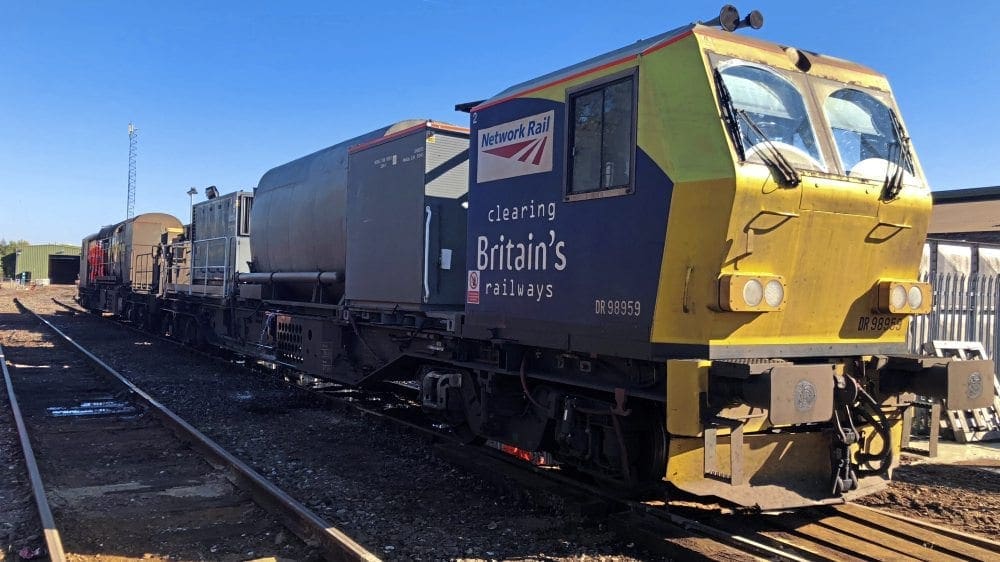
A fatal accident investigation has found that Network Rail does not mitigate the effects of fog at some level crossings.
Jeffrey Foxall, a 72-year-old man, was struck by a train and killed while crossing the railway in Tibberton, Worcestershire, on February 19.
The Rail Accident Investigation Branch (RAIB) found that he would not have seen the train until it was four seconds away from the crossing due to fog.
Investigators noted in their report that this was not enough warning for pedestrians to use the crossing safely.
“The pedestrian, unaware of the approaching train, started to cross the railway when there was insufficient time for him to get to a position of safety on the other side,” it said.
The RAIB stated that Government-owned Network Rail does not actively manage the effects of fog on the safety of these passive crossings, which rely on the user to look and listen for trains.
No assessment of the impact of fog on level crossing safety has been carried out, the report added.
It recommended that Network Rail should implement a strategy to ensure the associated risks are “acceptably low”.
A Network Rail spokesman said: “Our deepest sympathies go to the family of the gentleman killed while crossing the railway near Tibberton in February.
“We will carefully examine RAIB’s report, and any recommendations by the coroner in the forthcoming inquest, to help minimise the risks of such a tragedy ever happening again.
“We have an ongoing programme to make our crossings safer and, where possible, to remove them altogether. Safety is always our priority.”
Also see…

The effects of weather are a challenge for Britain’s railway, and weather conditions can severely impact the day-to-day running of train services, including leaves falling on tracks during autumn.
Autumn leaf fall causes operational problems for the signalling system and reduces trains’ grip. It can change the ability of a train to start from a station, accelerate and climb hills or stop at stations or signals.
When trains pass over these leaves, the heat and weight of the trains bake them into a thin, slippery layer on the rail. It’s said to be the railway’s equivalent of black ice. Full story.


